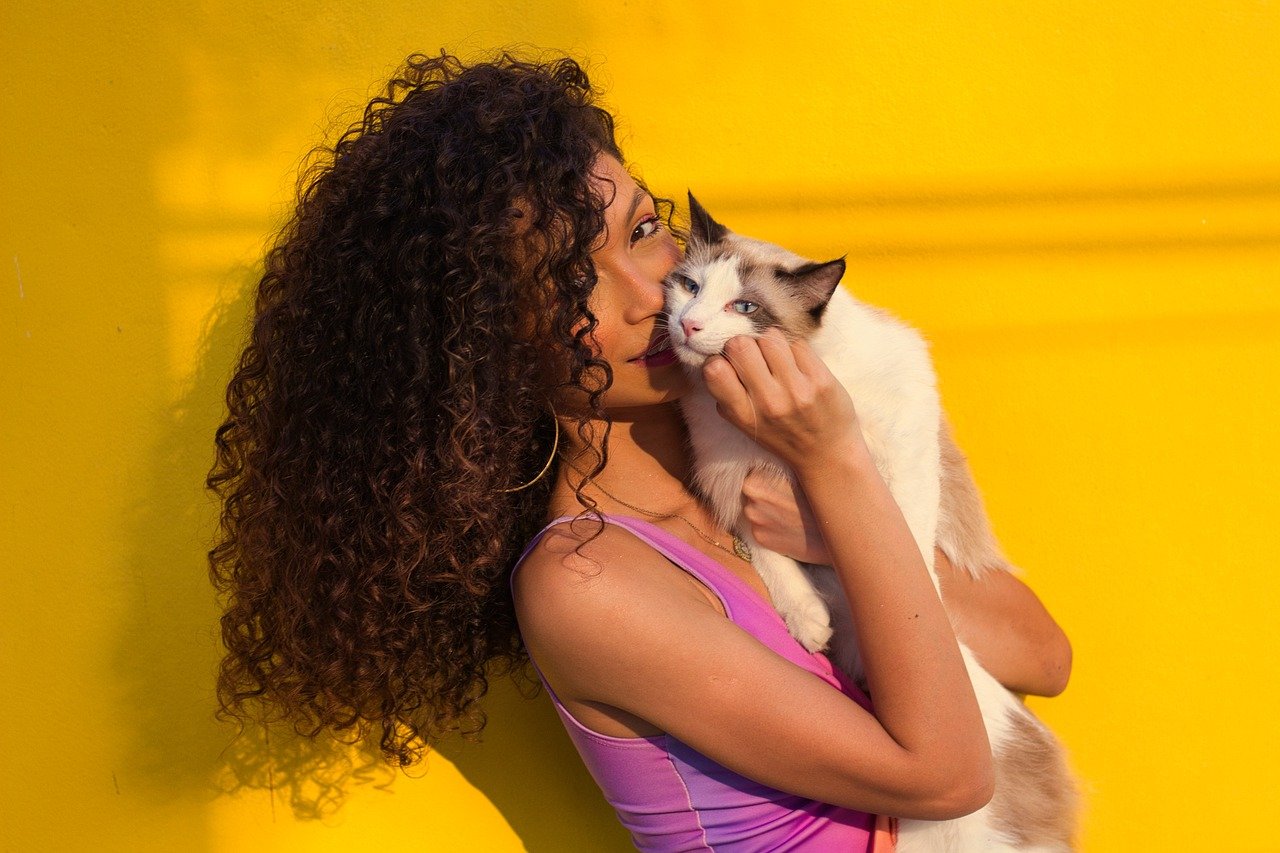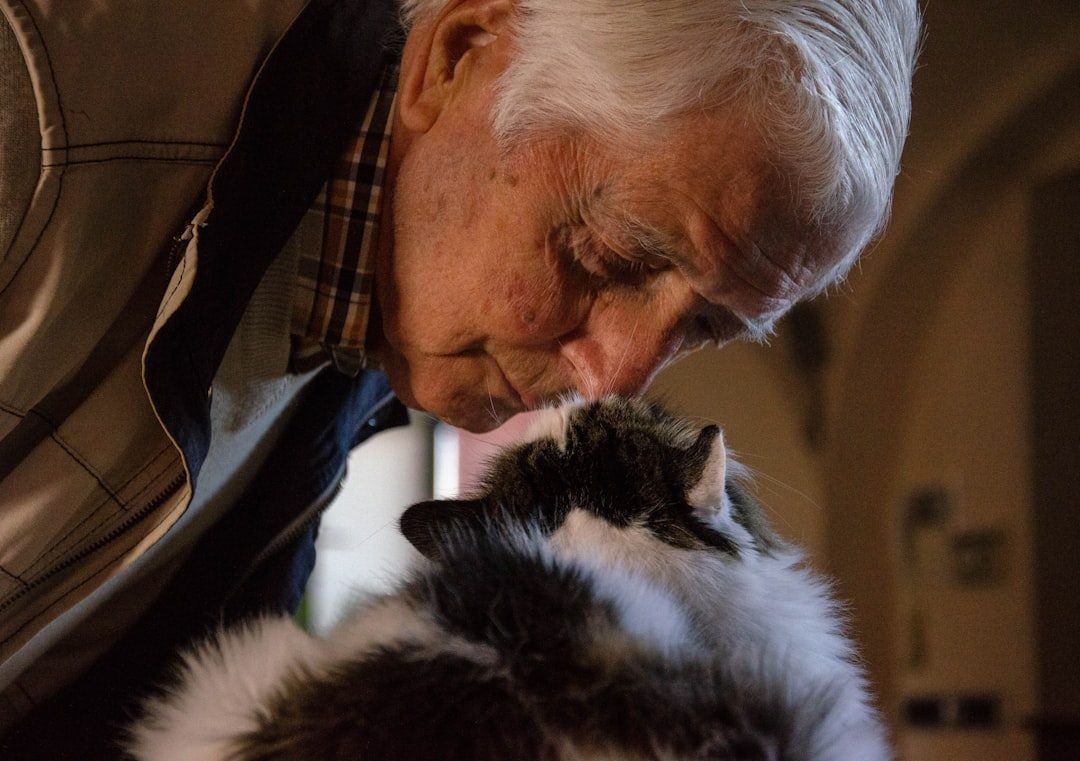You’ve probably heard all sorts of things about cats over the years. Maybe someone told you they’re cold and unloving, or perhaps you believed cats are perfectly happy lounging around all day without any stimulation. These misconceptions aren’t just harmless bits of folklore passed around at dinner parties. They can actually harm your cat’s wellbeing and damage the bond you share with your feline companion.
Despite cats being among the most popular pets worldwide, there are still major gaps in the public’s understanding of their social behaviors and related needs, which can directly impact their welfare outcomes. Let’s set the record straight on five persistent myths that continue to mislead cat owners everywhere. You might be surprised by what science actually tells us about these enigmatic creatures.
Myth: Cats Are Antisocial and Don’t Form Bonds with Humans

Contrary to many people’s beliefs, domestic cats are not antisocial, but asocial, meaning their social behavior is flexible and individual preferences for interactions vary. This is one of the most damaging myths out there. Your cat isn’t ignoring you because they don’t care. They’re simply expressing affection differently than a dog might.
Research published in 2019 shows cats develop attachments to their caregivers in much the same way dogs do. The study placed cats in unfamiliar environments and observed their reactions when separated from and reunited with their human caregivers. Cats with secure attachments to their human caregivers showed reduced stress while the caregiver was present. Here’s the thing: cats aren’t less loving than dogs. They just show it in their own unique way, and we need to stop judging them by canine standards.
Myth: Cats Don’t Need Much Care or Attention

Let’s be real, this myth has probably led to more unhappy cats than almost any other misconception. People’s expectations of cats are influenced by pervasive myths that often paint cats as low maintenance, self-sufficient animals in stark contrast to other popular pets. Nothing could be further from the truth.
While cats have a reputation for being independent, they need just as much care as dogs do, including regular vet visits, daily exercise and mental enrichment, and plenty of positive attention from their guardians. Your cat needs you to play with them, interact with them, and provide environmental enrichment. Cats that are housed exclusively indoors need a lot of enrichment in order to stay happy and healthy. Think about it: you wouldn’t expect a dog to thrive without walks, toys, and attention. Why would you assume your cat is any different?
Myth: Cats Can’t Be Trained

This one drives me crazy because it’s so demonstrably false. It is a misconception that training is not possible or relevant for cat welfare, when in fact cats are trainable, with the current world record for tricks performed by a cat in one minute being 26. That’s right, twenty-six tricks in sixty seconds.
Certified behaviorists confirm that cats are just as trainable as dogs, with most people not training their cats simply because they don’t know how or have heard the myth that cats don’t listen or learn, when in reality cats love training and learning just like dogs. The problem isn’t your cat’s ability to learn. It’s our collective assumption that they can’t or won’t. With patience, positive reinforcement, and the right approach, you can teach your cat to do all sorts of things, from simple commands to walking on a leash. The key is understanding what motivates them and working with their natural behaviors rather than against them.
Myth: Purring Always Means a Cat Is Happy

You might think you’ve got this one figured out. Your cat purrs when you pet them, so purring equals happiness, right? Well, not exactly. While purring is most commonly heard at times of contentment, it can express a number of other things according to veterinary experts.
In some cases cats purr when they’re stressed as a way of self-soothing, and cats also purr when they’re in pain for the same reason. This is honestly one of those facts that can help you better care for your cat. If your cat is purring but also showing other signs of distress like flattened ears, a tense body, or dilated pupils, they might not be happy at all. You can’t assume that a purring cat is a happy cat, and you’ll have to pay attention to the other ways cats communicate, like body language, to understand what’s going on. Context matters enormously when interpreting feline communication.
Myth: Every Cat Needs a Feline Companion

One frequently encountered myth is that all singly kept cats are lonely and could benefit from having another cat brought into the home, while in some instances cats may indeed benefit from company of their own kind, domestic cats have diverse social compositions that include both solitary and social group structures. This myth causes so much unnecessary stress for cats and their owners.
It’s not true that every singly kept cat is lonely and in need of a feline friend, as some cats form pair bonds and benefit from the presence of another cat, while for others the company of an additional cat may be stressful. Your cat’s personality, their early socialization experiences, and their individual preferences all play a role in whether they’d appreciate a companion. Because many factors such as access to resources and early socialization experience influence the likelihood of cats enjoying or tolerating each other, it can be difficult to predict how unfamiliar individuals may respond when introduced in homes. Some cats are perfectly content being the only feline in the household, and forcing companionship on them can actually decrease their quality of life.
Conclusion

A better understanding of cat behavior and an appreciation for each cat’s individuality will benefit cats as well as caretakers, improving the bond between people and their cats when people appreciate and invest in them, replacing misconceptions with an understanding of cat needs and behaviors to set cats up to be successful.
These myths don’t just exist in a vacuum. They affect how you care for your cat, how you interpret their behavior, and ultimately, the quality of life your feline friend experiences. By understanding the truth behind these common misconceptions, you’re better equipped to provide the kind of care your cat actually needs rather than what outdated beliefs suggest they need. Which of these myths surprised you the most? Share your thoughts and experiences with us in the comments below.





